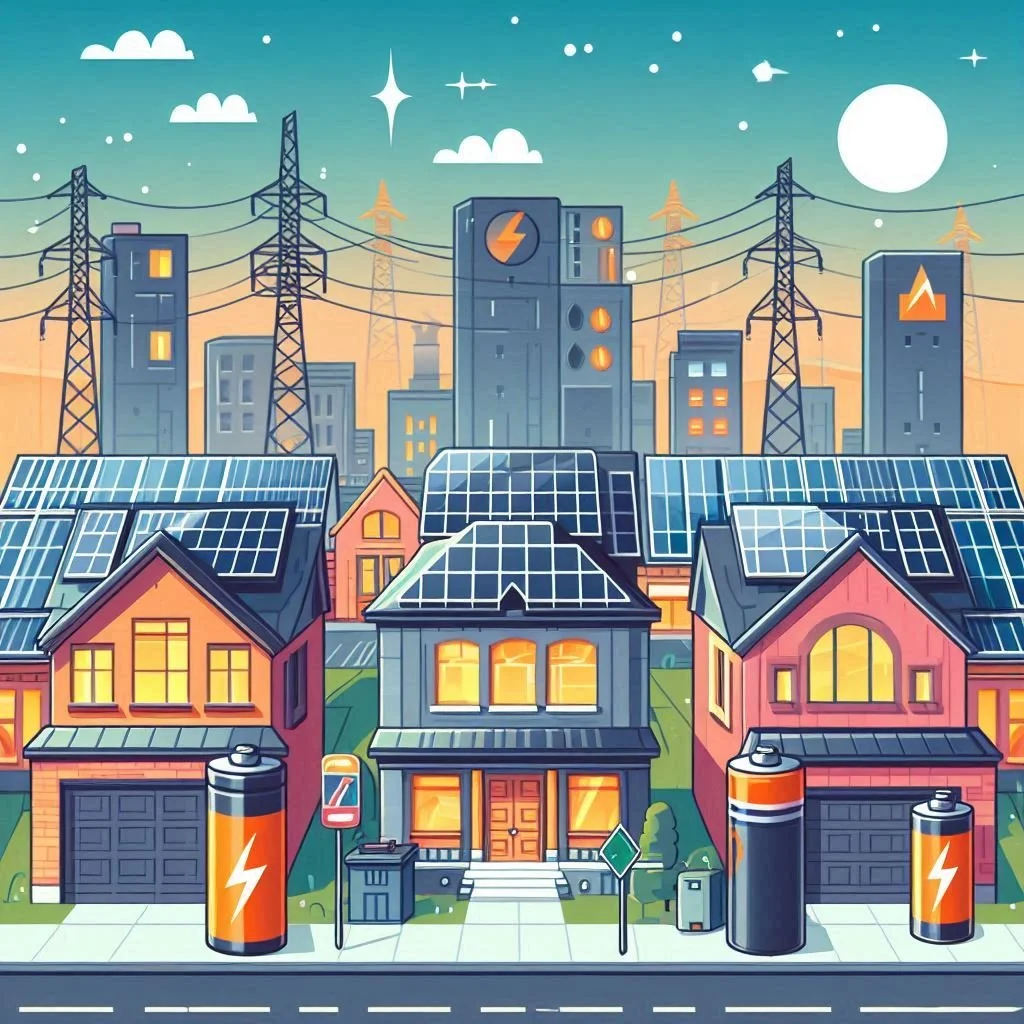No model? Call SoS!
Using SoS optimisation to find a robust controller for unknown systems - by Caroline Gärtner
Imagine a smart building with multiple rooms where we aim to control the temperature to stay close to a desired level while minimising energy consumption. Now assume a small space heater which the smart building isn’t aware of is installed in one room. This causes the room’s temperature to spike unpredictably, making the system overcompensate across the entire building. Creating a model of the building’s thermal dynamics to design a controller would be very complex and time-consuming and couldn’t catch the disturbance of the space heater.
Direct data-driven control methods bypass the need for a model by using measurements of the system to design a controller. To handle unknown disturbances, robust control methods guarantee stability and reliable performance despite noisy measurements. For instance, a robust controller would detect and mitigate the space heater’s irregular heat, keeping the desired temperature in the other rooms.
The resulting control problem (and many others) involves polynomial constraints, which mathematically describe the limits of the system. However, standard solving methods lack the ability to naturally express such constraints. This is where we call SoS. SoS stands for Sum-of-Squares and is a specific optimisation method to solve robust control problems with these types of constraints.
This method has been explored in recent literature with the drawback of assuming measurements of the full state, which would be the temperature of all rooms in the above example. However, often we only have measurements from a limited number of rooms. To address this, we explore how the SoS-method can be applied if we only have measurements of a part of the state. We further investigate how prior knowledge about the system can be integrated into the controller design.
Connecting back to our original example, the combination of these tools allows to control the temperature in the smart building in a robust way despite any disturbances in the data the building generates.
Text by Caroline Gärtner; picture generated with ChatGPT






Preventing blackouts in the age of renewables - by Emma Laub